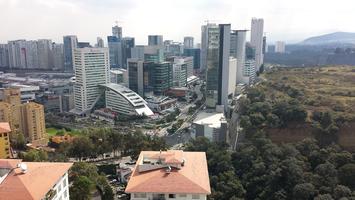
Much of the media has been fascinated by the growing number of megacities (built up urban areas with at least 10 million residents). Not only are megacities regularly covered but various reports have them becoming denser. They’re not, as has been demonstrated by Professor Shlomo Angel, who leads the Urban Expansion Program at New York University’s Marron Institute.
A recent article in The Economist summarized Urban Expansion program research on Mexico City, noting that from one 1990 to 2014, the population had increased 82%, while the urban land area had increased 128%. The Urban Expansion Program compiles data for built up urban areas, which largely ignore municipal or other jurisdictional boundaries, recognizing that organic urbanism usually takes little account of borders, unless otherwise prohibited. This is the same general approach as we use in Demographia World Urban Areas, which is published annually.
The Case of Mexico City
The Mexico City example warrants elaboration. This article examines the recent population history of Mexico City, both its built-up urban area and the larger metropolitan area (the “Zona metropolitana del valle de México”). The difference between a metropolitan area and a built up urban area is that the metropolitan area includes rural territory as well as urbanization that is separated from the principal urban area. As a result, metropolitan areas are always much larger than urban areas and have far lower density (except in very unusual cases like Male, in the Maldives, and urban area that virtually fills up all of the available island territory).
The Mexico City Urban Area
The United Nations provides estimates of population for the Mexico City Urban Area going back in five year increments to 1950. Seventy years ago, in 1950, Mexico City was comprised of four core “delegations” (districts) Mexico City – Cuauhtémoc, Miguel Hidalgo, Venustiano Carranza and Benito Juarez had 2.23 million residents. They comprise 65% of the urban area population (Figure 1). Another approximately 650,000 residents lived in other parts of the federal district (Distrito Federal as then constituted), and another half million outside the federal district. In 2016, the Distrito Federal became the Ciudad de México (Mexico City), however this article will continue to use the term “federal district,” to avoid confusion. The federal district (including the urban core) had 85% of the urban area population.
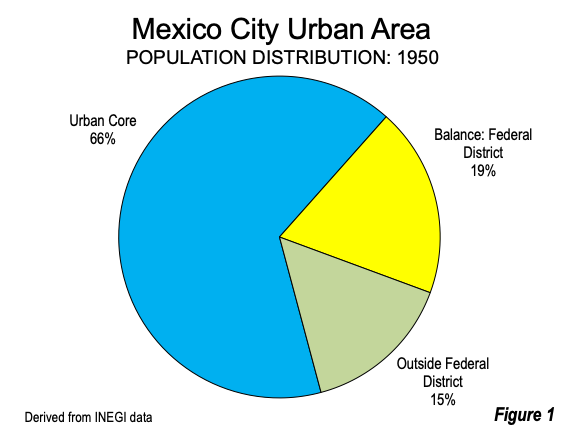
An earlier article (“The Evolving Urban Form: The Valley of Mexico”) described the evolution of population from 1950 through 2010.The spreading out of the population, and lesser densities, has been nothing short of remarkable.
By 1970 the population of the four core delegations rose to a peak of 2.85 million, and a peak population density of 53,000 persons per square mile (20,500 per square kilometer).”At this point a steep decline in population began, as the area lost more than 1.1 million people to 1.68 million by 2005. This was the low point, and population has risen since then.The urban core population dropped to approximately one half its 1950 share of the urban area (32%). Much of the population growth occurred in the balance of the district including the urban core still had 78% of the urban area population.
The 1970 population outside the federal district was approaching 2 million residents. By 1980 this had risen to 5 million and was nearly double that of the four urban core delegations. By 1990, the population reached 7.4 million residents, exceeding that of the federal district outside the four core delegations. Finally, by 2000, the population reached 9.9 million, exceeding that of the federal district.
This pattern has continued. The 2015 Intercensal Survey of the national census authority (Instituto Nacional de Estadística, Geografía e Informática or INEGI) indicates (Figure 2).
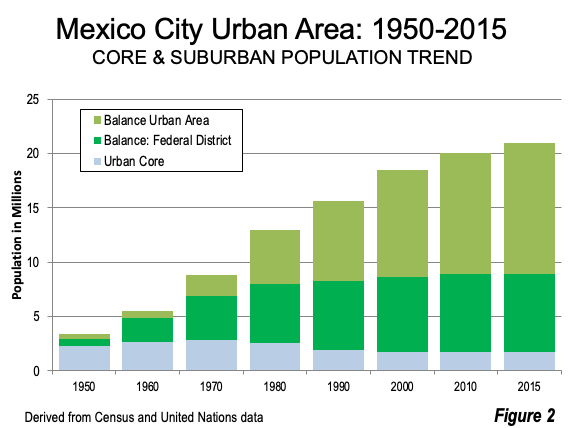
By 2015, the share of population in the four urban core delegations had dropped to 8%, one-eighth of its 1950 level. The balance of the federal district had 34% of the population and areas outside the federal district had 58% of the population (Figure 3).
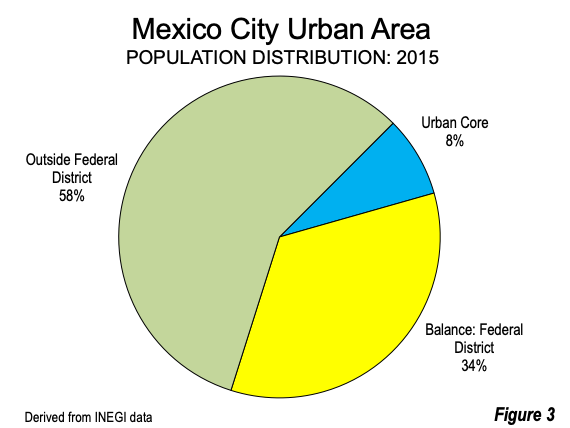
While the population of the urban core has recovered somewhat, the population increase of 50,000 is less than 5% of the more than 1.1 million resident loss (Figure 4). Since 1980, 90% of the population growth in the Mexico City urban area has been outside the federal district.
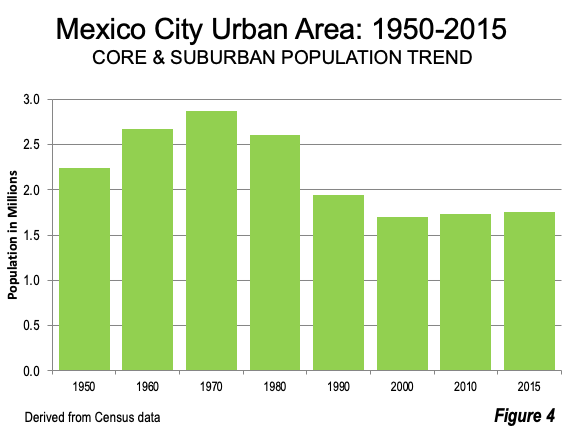
Zona metropolitana del valle de México
The urban core accounted for 2.6% of the larger metropolitan area growth from 2010 to 2015. Another 6.1% occurred in the balance of the federal district. The municipios (municipalities) that border on the federal district accounted for 17.8% of the metropolitan area growth. Included in this area are the huge suburbs of Ecatepec de Morelos, Naucalpan de Juárez, Nezahualcóyotl and Tlalnepantla de Baz, which range in population from 600,000 to 1.7 million residents. Finally, nearly three-quarters of the population growth (73.5%) occurred in the balance of the metropolitan area. These are the outer suburbs and the area also includes rural expenses (Figure 5).
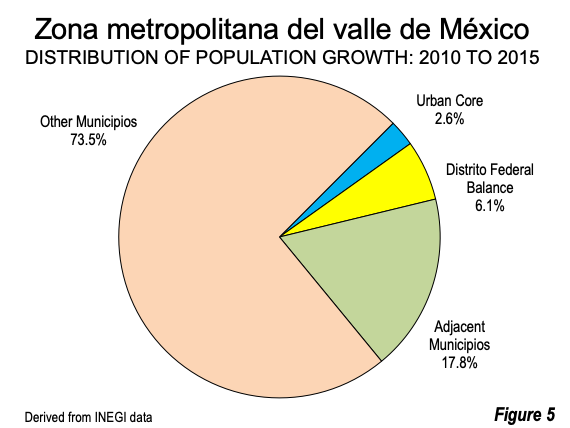
To give an idea of the intensity of lower density growth, one municipality, Tizayuca in the state of Hidalgo, added 22,000 residents. This municipio of 97,000 residents in 2010 added slightly more than were added by the entire urban core of Mexico City, despite its 2010 population of 1.7 million residents. The population growth in Tizayuca was impressive, at an annual rate of 4.2%. But that growth rate was dwarfed by the outer suburb of Tultepec, in the state of Mexico, which had an annual growth rate of 10.3%.
Overall, the Zona metropolitana del valle de México grew by an annual rate of 0.76%. The outer municipios grew at nearly three times that rate (2.17%) and nearly ten times that of the urban core (0.24%). The balance of the federal district, which dominated growth within the former Distrito Federal for decades, grew at a rate of only 0.13% (Figure 6). Figure 7 depicts the expansion of urbanization in Mexico City from 1807 to 2014, as indicated by the Marron Institute Urban Expansion Program.
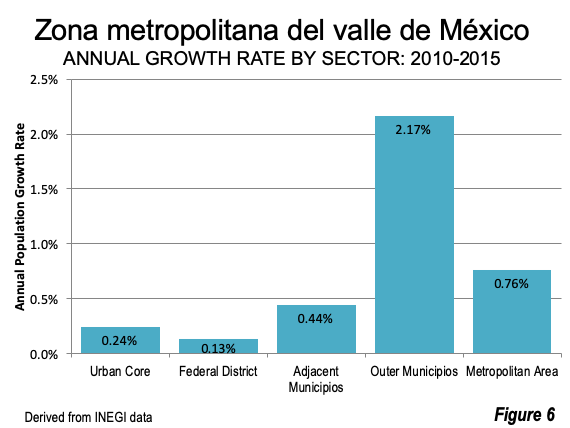
Figure 6 Illustration: Evolution of the Mexico City urban area, 1807 to 2014. Used by permission of the New York University Marron Institute.
An Expanding, Rather than Compact Metropolitan Area
Urban expansion in Mexico has produced a more productive metropolitan area, according to recent recent Lincoln Institute of Land Policy research (see: “The Costs and Benefits of Urban Expansion: Evidence from Mexico, 1990–2010”) by Jorge Montejano (Centro de Investigación en Geografia y Geomática), Paavo Monkkonen (UCLA Luskin School of Public Affairs), Erick Guerra (University of Pennsylvania) and Camilo Caudillo (Centro de Investigación en Geografia y Geomática). They concluded:
One of the principal findings is that the benefits of urbanization are strong, and unexpectedly, urban compactness is not associated with economic productivity in Mexico. On the contrary, more sprawling cities are more productive.
The rewards of that productivity are clear, in the new single-family dwellings spread around Tizayuca, Tultepec and other outer suburbs that can be seen on satellite imagery, such as Google Earth.
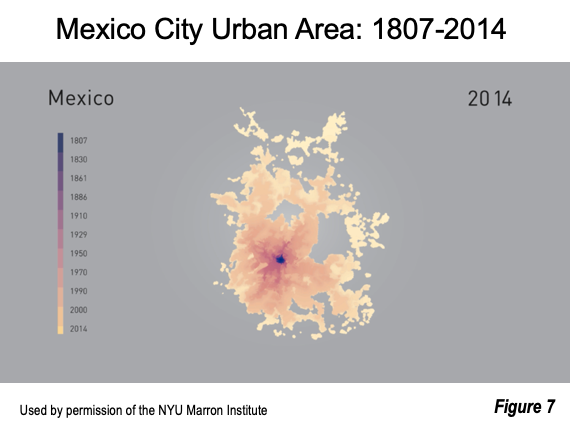
Top Illustration: Santa Fe: An edge city on the western edge of the Mexico City urban area (15 kilometers/8 miles from the historic center of Zocalo). Photo credit: Fernando montes17 via Wikimedia under CC 4.0 License.
Wendell Cox is principal of Demographia, an international public policy and demographics firm. He is a Senior Fellow of the Center for Opportunity Urbanism (US), Senior Fellow for Housing Affordability and Municipal Policy for the Frontier Centre for Public Policy (Canada), and a member of the Board of Advisors of the Center for Demographics and Policy at Chapman University (California). He is co-author of the "Demographia International Housing Affordability Survey" and author of "Demographia World Urban Areas" and "War on the Dream: How Anti-Sprawl Policy Threatens the Quality of Life." He was appointed by Mayor Tom Bradley to three terms on the Los Angeles County Transportation Commission, where he served with the leading city and county leadership as the only non-elected member. Speaker of the House of Representatives appointed him to the Amtrak Reform Council. He served as a visiting professor at the Conservatoire National des Arts et Metiers, a national university in Paris.












